In fashion, the “three-color rule” serves as a guideline for creating visually appealing and well-coordinated outfits. But this color theory principle isn’t exclusive to what we wear. In interior design, it’s sometimes called the “rule of three” or the “60-30-10 rule.” Graphic designers, filmmakers, and photographers also follow this principle in everything from advertisements and websites to movie scenes and photos.
Applying the three-color rule to fashion is really simple but can make a big impact on your wardrobe. Following this guideline can help you pare down a closet full of never-worn clothes and cultivate a minimalist wardrobe of must-haves that coordinate and complement each other. And it’s a fast and easy way to elevate your style game and make getting dressed a breeze.
Here’s a breakdown of how to make this time- and money-saving rule work for your personal style. Keeping this guideline in mind — whether you’re planning your work outfits for the week or shopping for trendy new pieces to add to your wardrobe — will help you create a balanced and stylish look, every time.
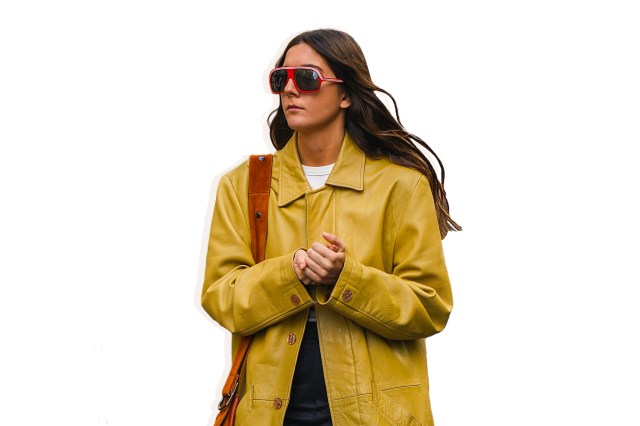
Choose Your Dominant Color
Begin by selecting the main color of your outfit. The dominant color is typically the hue that covers the largest portion of your outfit. Whether it’s a classic navy, a vibrant red, or a serene green, this primary color forms the foundation of your look. For blogger Jo-Lynne Shane, blue denim is often her go-to dominant color, demonstrating that the three-color rule works for even the most relaxed and casual looks.
Since black and white aren’t technically colors, they can be incorporated into almost any outfit — think black boots or a white camisole, for instance — without counting as one of your three colors. But if black and white make up the bulk of your wardrobe, Sally Mackinnon of Styled by Sally says it’s perfectly fine to build your three-color outfit using only neutral colors, including black and white, as well as brown and gray. And lest you think “neutral” means “boring,” TikToker @kellymccoyd says leopard print is also a neutral because it works with other neutral colors, such as black, tan, and brown.
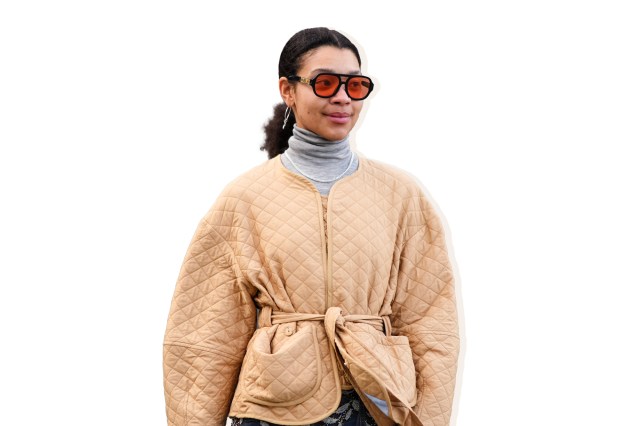
Add a Secondary Color
Once you have your dominant color in place, it’s time to introduce a secondary color. This hue should complement the dominant color while adding depth and contrast to your outfit. It can be incorporated through pieces such as tops, sweaters, or jackets. You can also use accessories such as scarves, belts, or shoes to introduce the secondary color.
In color theory, complementary colors are opposite each other on the color wheel; for example, blue and orange, red and green, or yellow and purple. However, dramatic color contrasts can overwhelm a look, so be careful using bold colors of the same intensity. Here you might consider a pattern in a complementary color that also incorporates the dominant color, or opt for a neutral color or a muted shade of the dominant color. Or you can try pairing three shades of the same color, as TikToker @sierracannon recommends. She coordinates a bubblegum pink bandeau top with a cherry blossom pink cropped cardigan and champagne pink midrise trousers for a look that is feminine, casual, and cohesive.
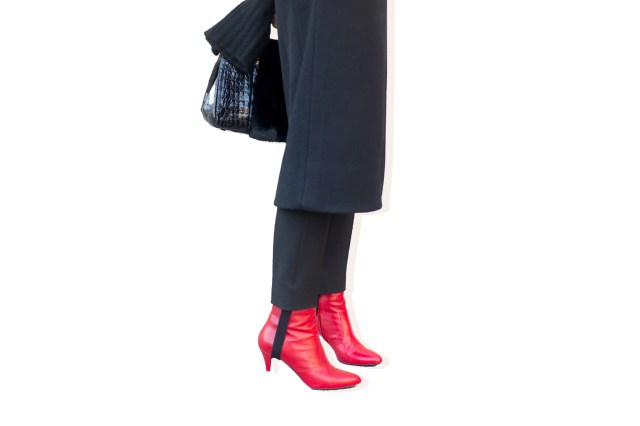
Finish With an Accent Color
The final touch to complete your three-color ensemble is the accent color. Here, you can introduce a pop of color to add a new dimension of excitement to your look. The accent color should be used sparingly and with intention, appearing in small touches such as a statement necklace, a boldly styled handbag, or even a nail or lip color. This third color brings a dynamic element to your outfit and draws attention to particular features, creating visual interest.
If you naturally gravitate toward neutrals in your dominant and secondary colors, the accent color can be the place to experiment with vivid hues, bold patterns, sparkling metallics, or a different shade of your other two colors, but in an eye-catching material like faux fur, lace, or even feathers.
Incorporating the three-color rule into your fashion repertoire can streamline the styling process and ensure that you always look polished and put together. Whether you’re packing for a trip, building a capsule wardrobe, or choosing new pieces to add to your current collection, becoming proficient at the three-color rule will help you create an effortlessly chic look that turns heads and leaves a lasting impression. The best part is, this rule works for every outfit, from formal to casual, work or play.
While the three-color rule provides a framework for creating cohesive outfits, you can — and should! — put your own spin on it. Experiment with different color combinations, textures, and patterns to reflect your unique style and personality. Remember, fashion is a form of self-expression, and style guidelines are meant to work for you. So trust your instincts and have fun creating your own signature look using the three-color rule.
This article is for general informational purposes only.
Affiliate Disclaimer Medical Disclaimer






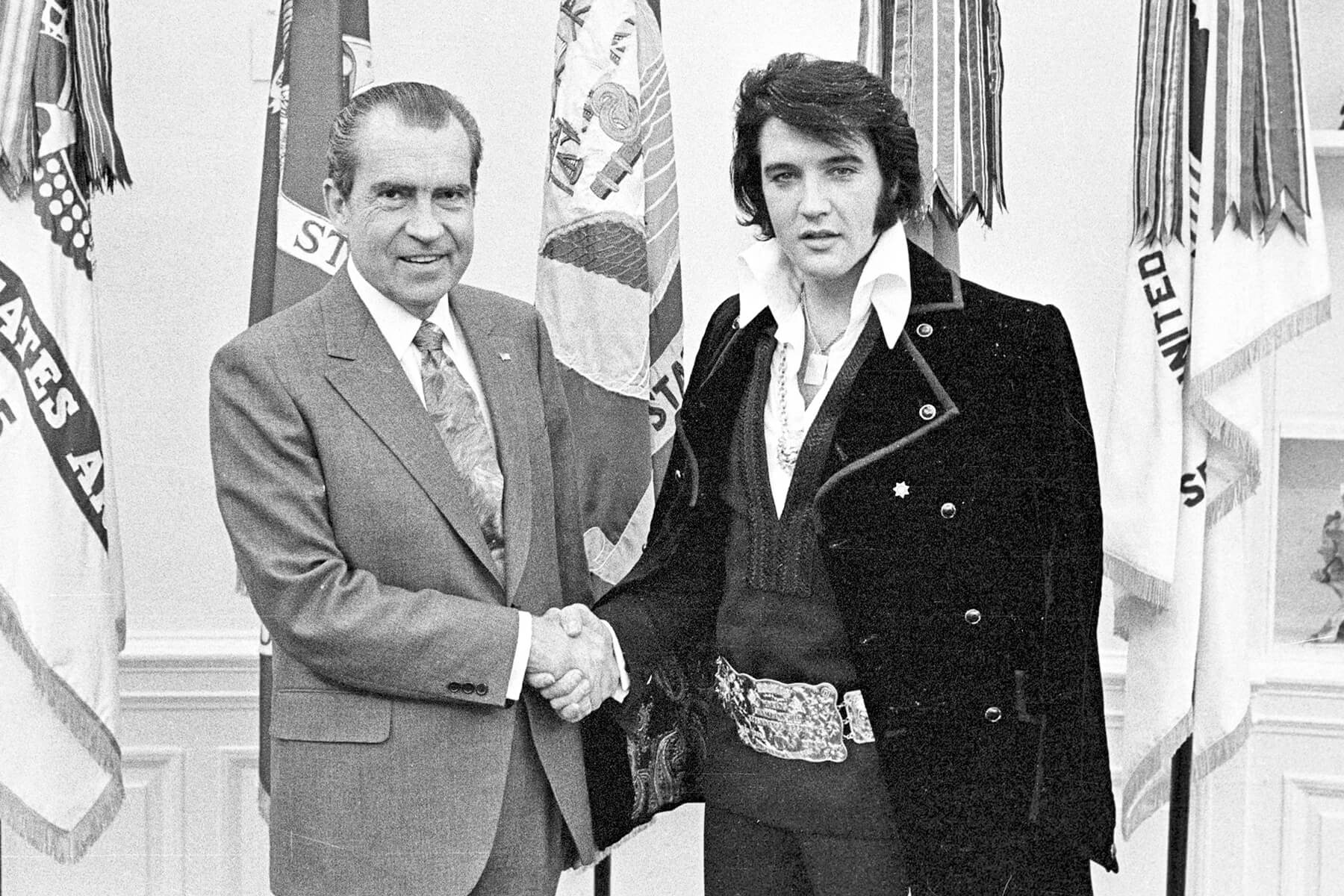
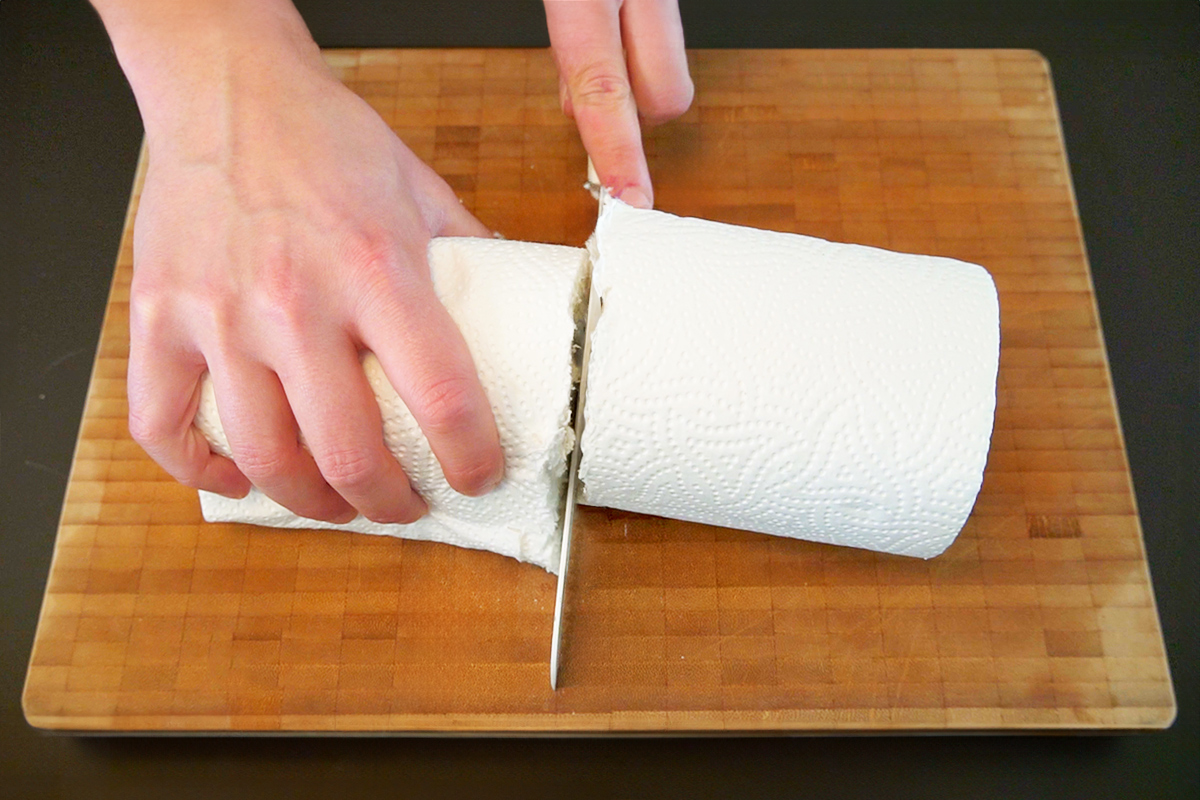
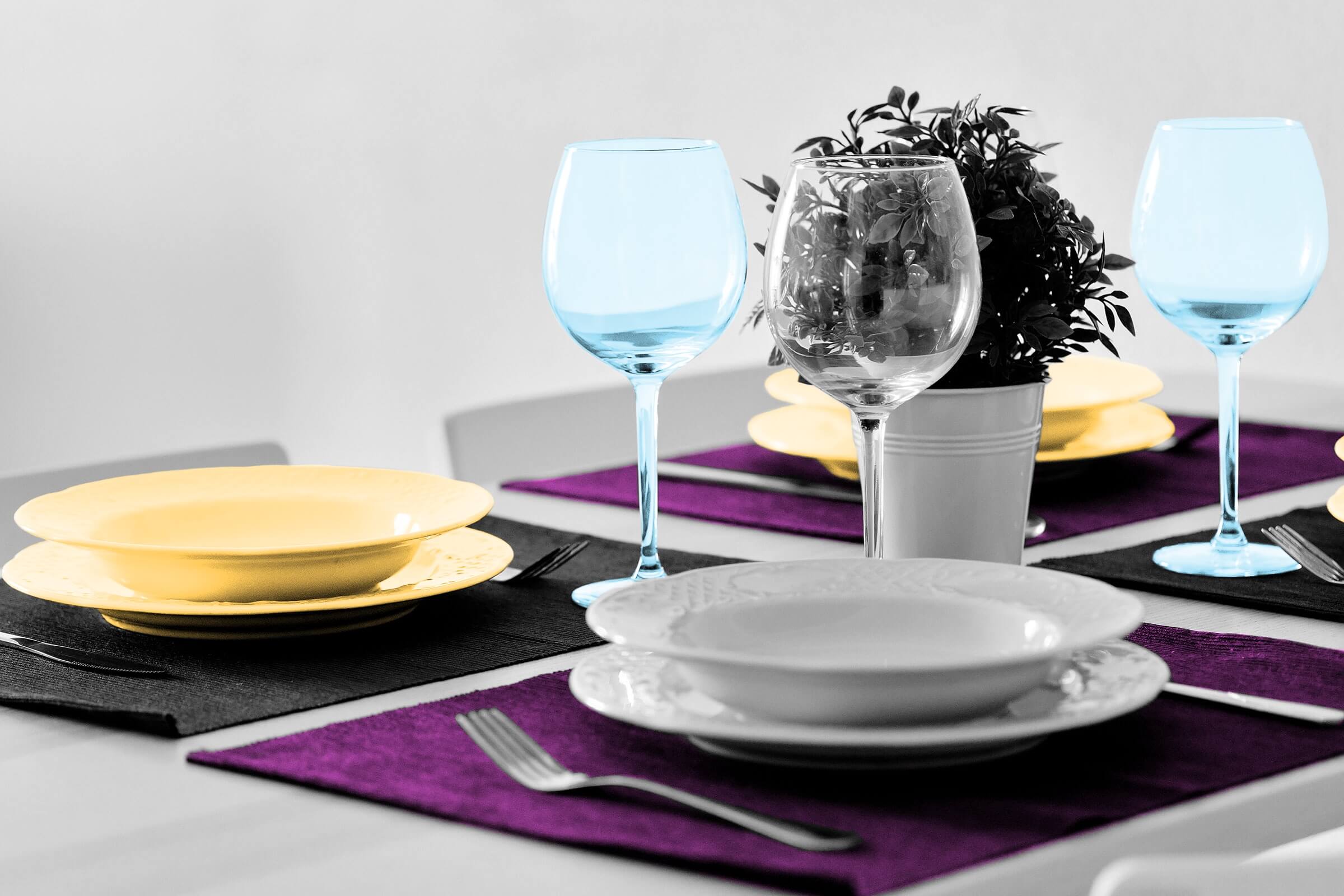
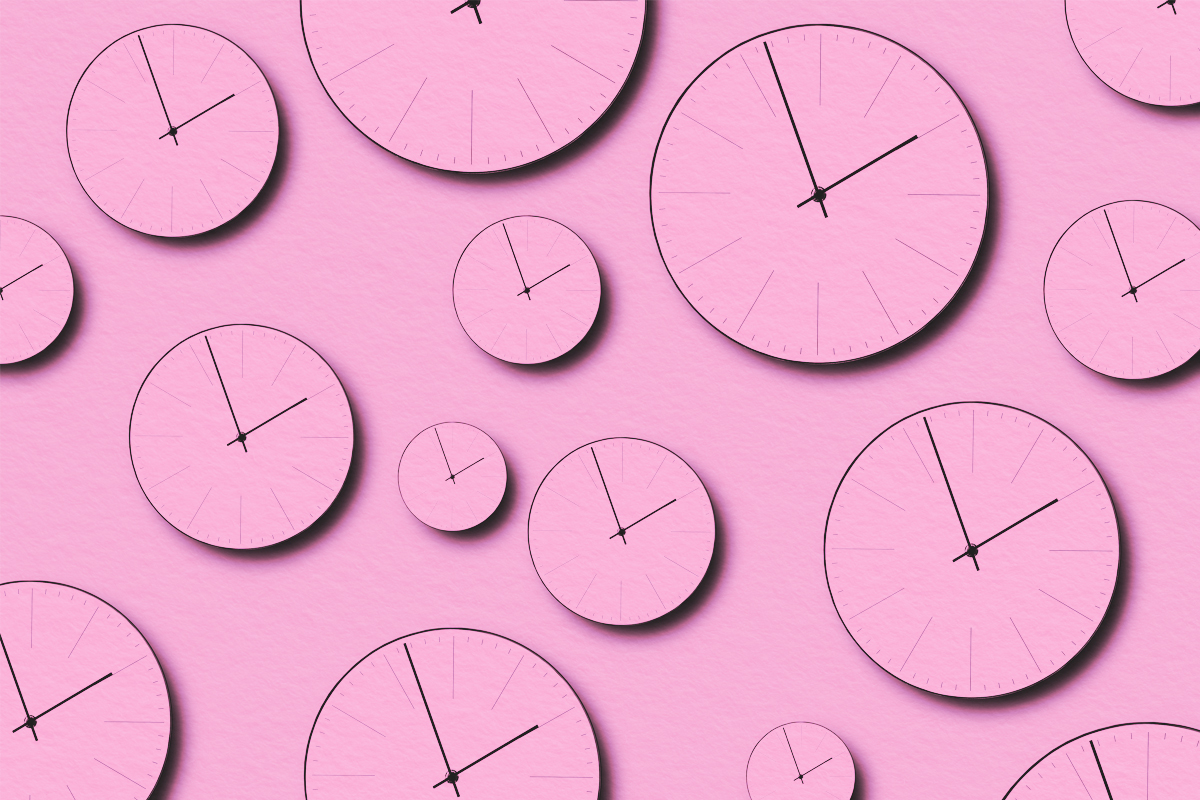

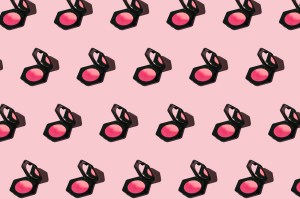




 Unique Beauty is free for all users.
Unique Beauty is free for all users.